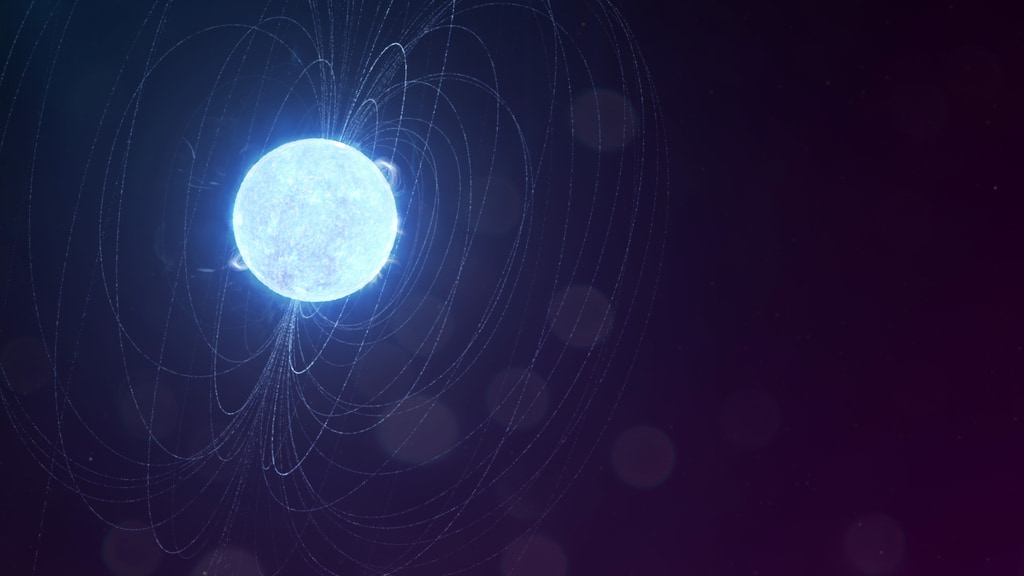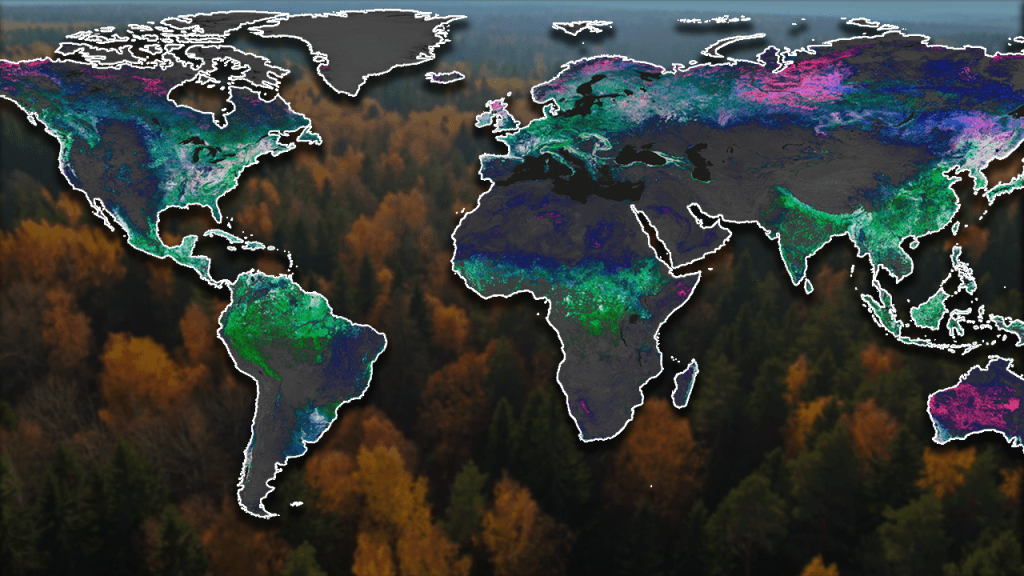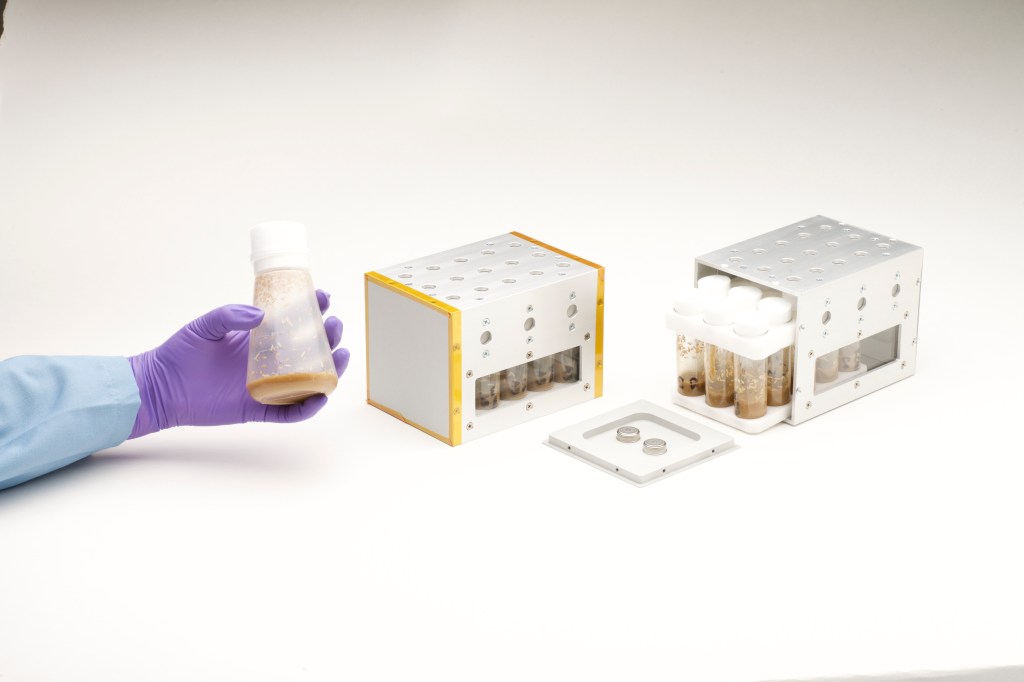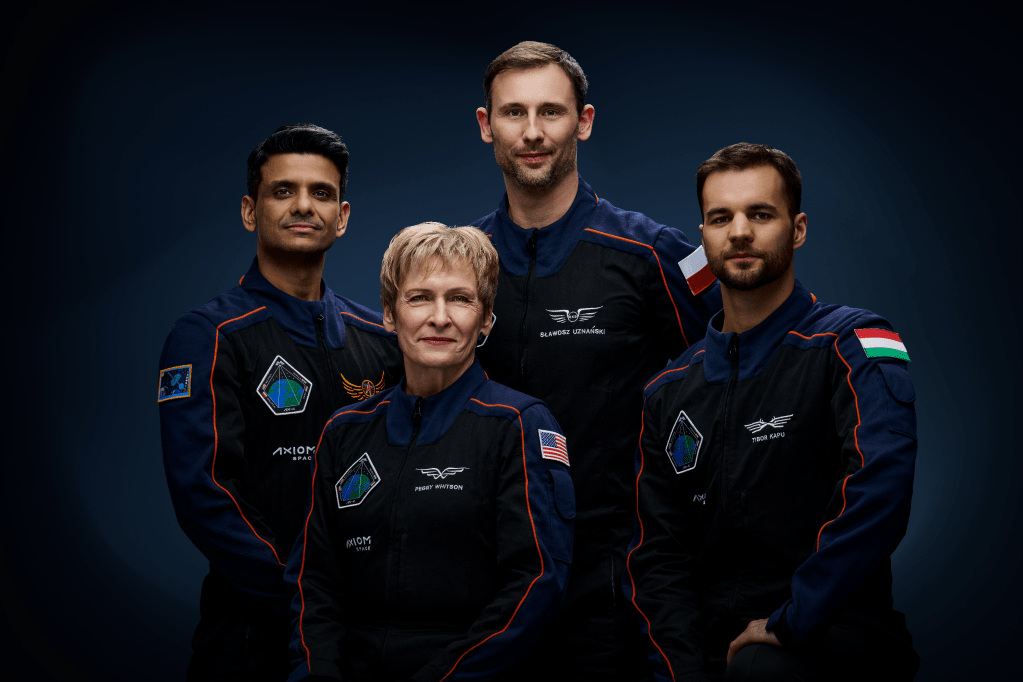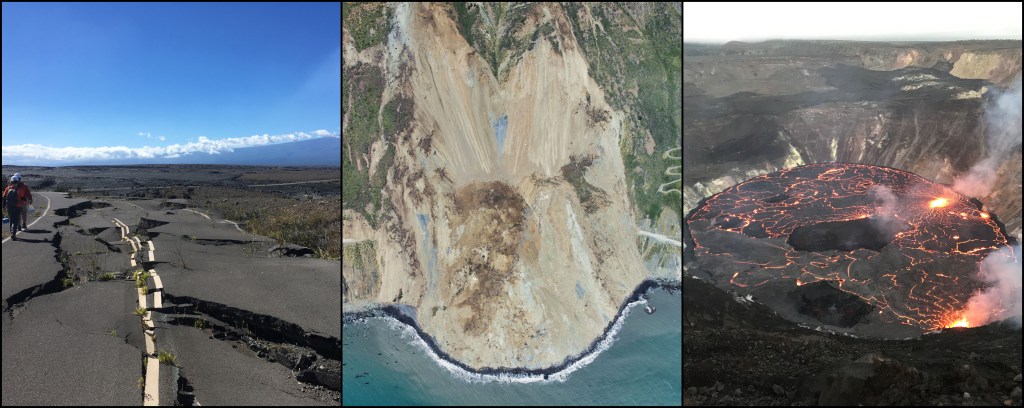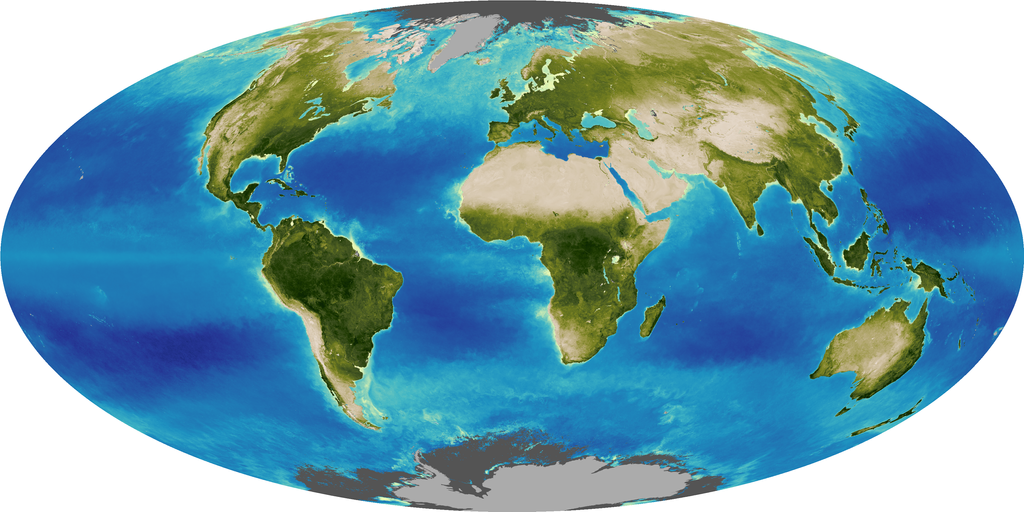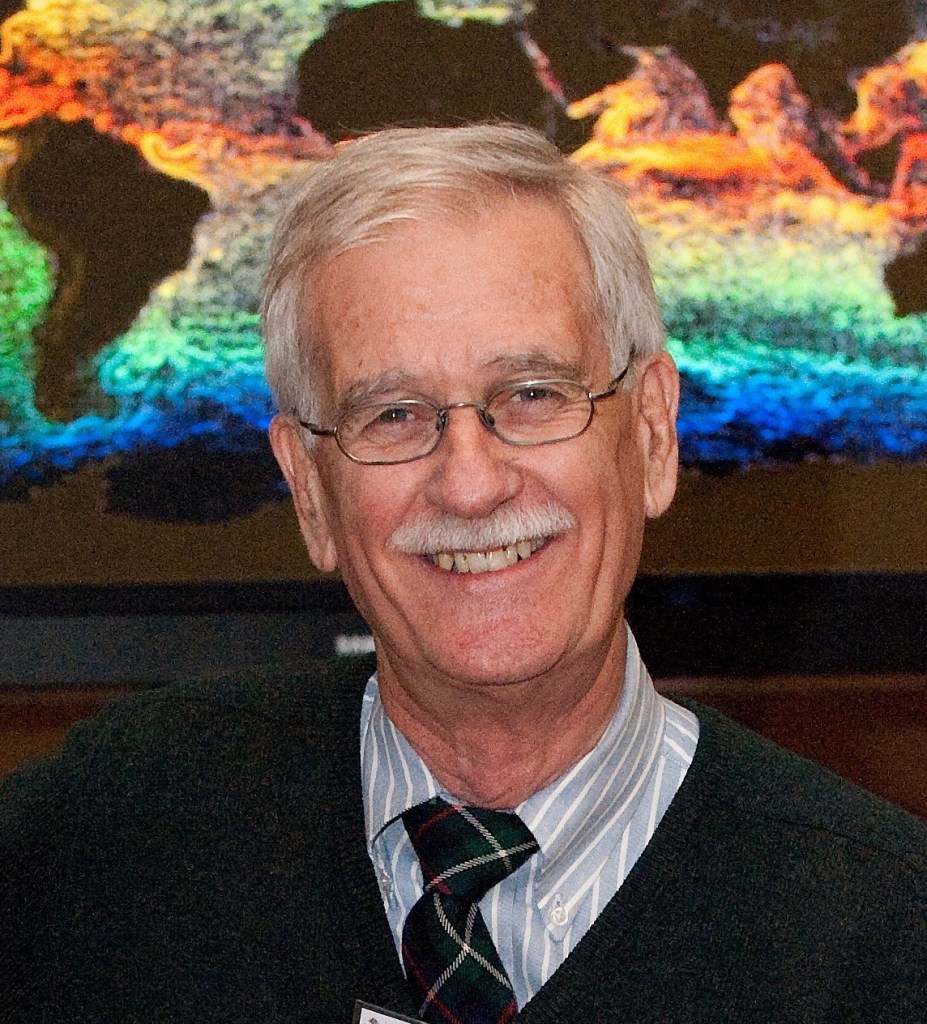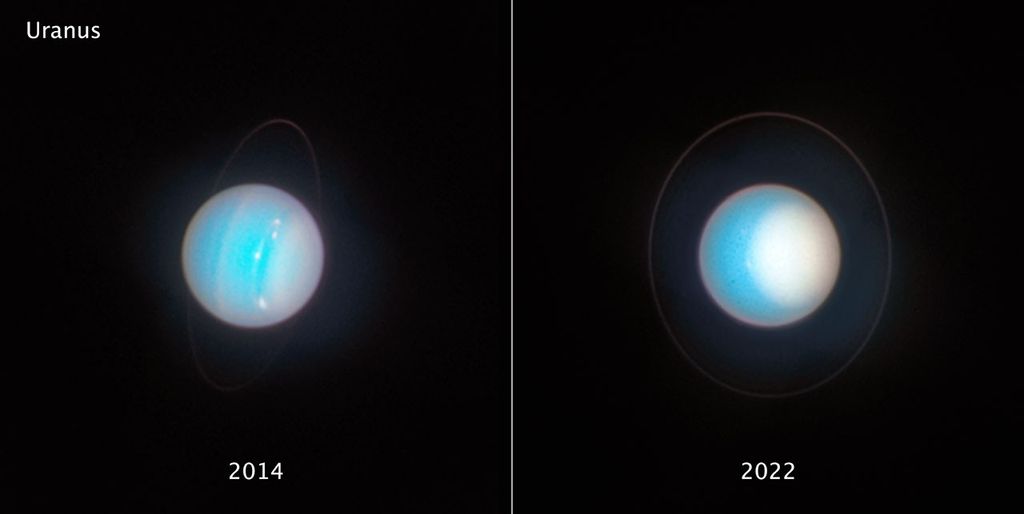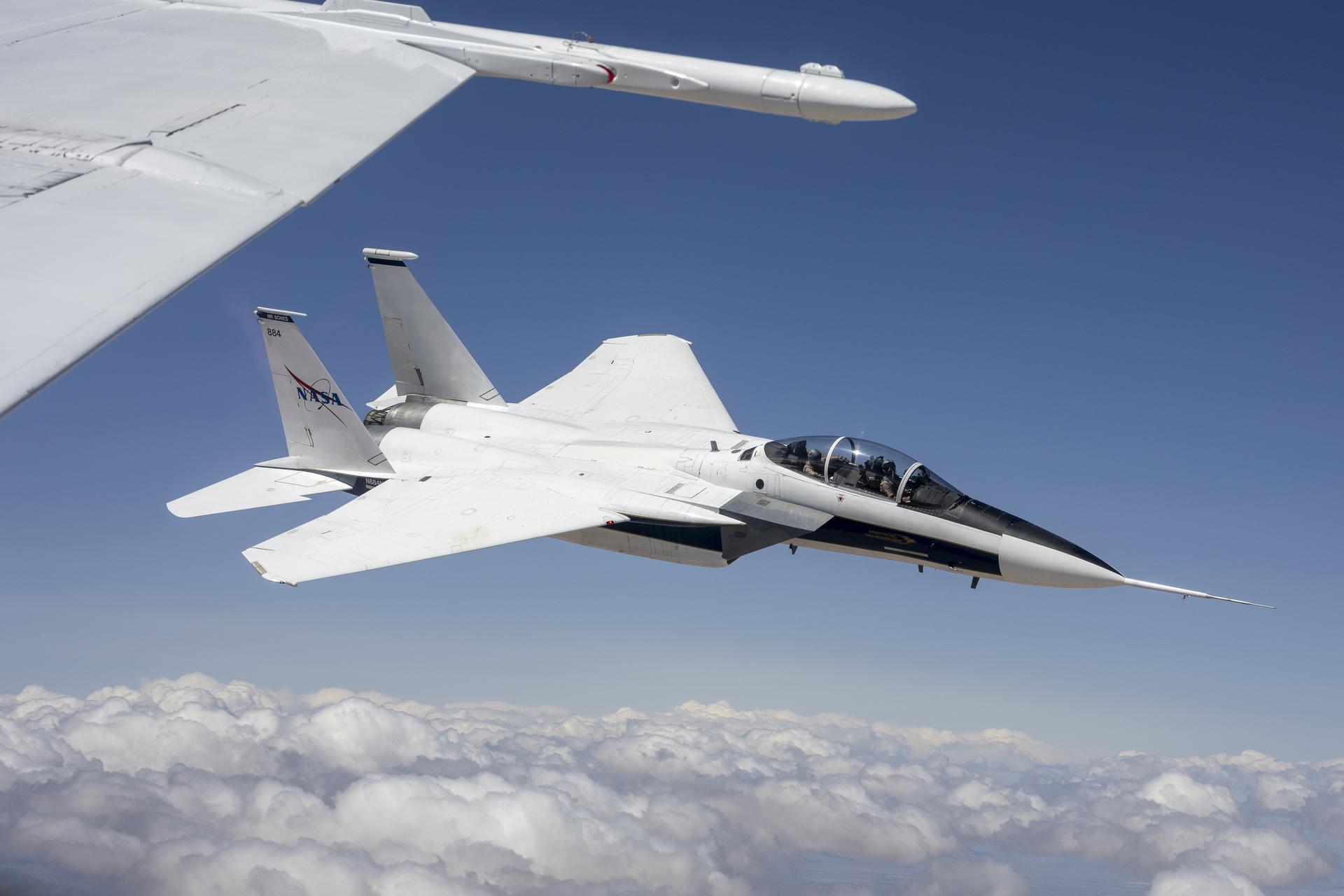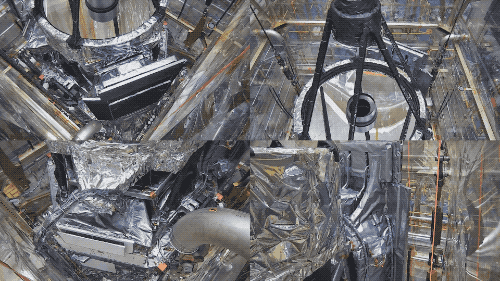Mission officials for NASA’s James Webb Space Telescope have announced the selection of the General Observer programs for the telescope’s first year of science, known as Cycle 1. These specific programs will provide the worldwide astronomical community with one of the first extensive opportunities to investigate scientific targets with Webb.
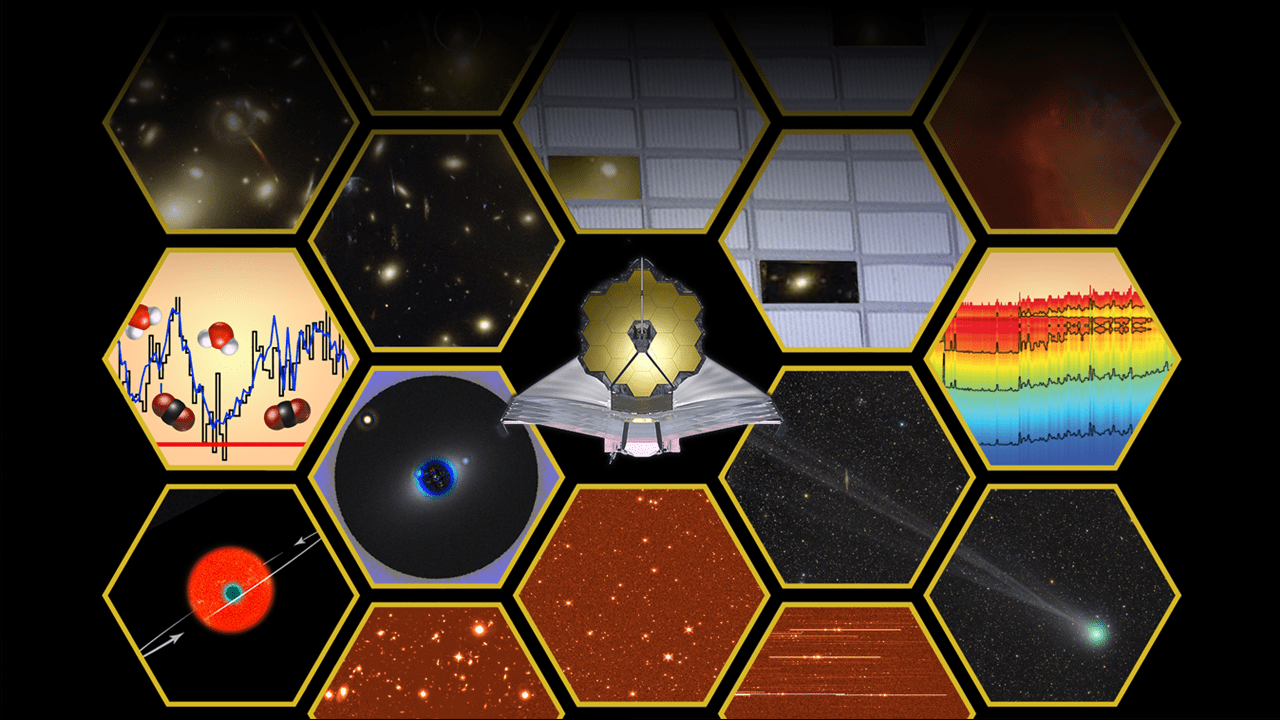
The 286 selected proposals address a wide variety of science areas and will help fulfill NASA’s overarching mission to further our understanding of the universe and our place in it. Webb will begin observing the universe in 2022 after the spacecraft unfolds, travels a million miles, and checks the functioning of all of its instruments.
“The initial year of Webb’s observations will provide the first opportunity for a diverse range of scientists around the world to observe particular targets with NASA’s next great space observatory,” said Dr. Thomas Zurbuchen, Associate Administrator for the Science Mission Directorate at NASA. “The amazing science that will be shared with the global community will be audacious and profound.”
Webb’s large mirror, near- to mid-infrared sensitivity, and high-resolution imaging and spectroscopic capabilities will reveal parts of the universe that have been hidden so far. General Observer programs selected in this cycle seek to find the first galaxies, explore the formation of stars, and measure physical and chemical properties of planetary systems, including our own solar system.
“We are opening the infrared treasure chest, and surprises are guaranteed,” said Dr. John C. Mather, Senior Project Scientist for the Webb mission and Senior Astrophysicist at NASA’s Goddard Space Flight Center in Greenbelt, Maryland. “How did the universe make galaxies, stars, black holes, and planets, and our own very special little Earth? I don’t know yet, but we are getting closer every day.”
General Observer time with Webb is extremely competitive. As a result, the proposal selection process conducted by the Telescope Allocation Committee is both rigorous and meticulous. The committee was comprised of nearly 200 members of the worldwide astronomical community who were assigned to 19 different panels covering broad scientific topics. The panels met virtually, due to the ongoing COVID-19 pandemic circumstances, over the course of several weeks. Members additionally spent countless hours outside of formal meetings to assess proposals.
Using dual-anonymous review, where the identities of the proposing investigator and team were concealed, the scientific merit of each proposal was evaluated and ranked. The final, ranked list of selected proposals was presented to the Space Telescope Science Institute’s Director, Dr. Kenneth Sembach, for review and approval.
“The first observing cycle with a new observatory is always special, especially one as powerful and highly anticipated as Webb. We had an incredibly interesting couple of weeks of intense proposal reviews during which the reviewers did a great job of sorting through and ranking all the possible science cases proposed. I commend them for their hard work, especially under pandemic conditions,” said Sembach. “I’m very pleased to be able to approve such a strong science program for the observatory. These observations are going to provide stunning views of the universe and lead us in new investigative directions that will set the stage for decades of research.”
More than 1,000 proposals were submitted by the November 24, 2020 deadline. Scientists hailing from 44 countries applied for a portion of the 6,000 observing hours available in Webb’s first year, which represents about two-thirds of all Cycle 1 observing time.
“We celebrate the very successful partnership between the European Space Agency and our colleagues at NASA and the Canadian Space Agency,” said Prof. Günther Hasinger, Director of Science at the European Space Agency. “We look forward to the beautiful images and spectra and the amazing discoveries that Webb will make in this first year of observations.”
“The Canadian Space Agency is proud to join NASA and ESA on this fantastic exploration of the Universe and back in cosmic time. We’re all really looking forward to seeing this next generation space telescope in action,” said Dr. Sarah Gallagher, Science Advisor to the President of the Canadian Space Agency. “Excitement is building as we get closer to the launch of Webb. These new targets for Webb’s first science are highly anticipated observations that promise to expand our view of the Universe and our place in it. Congratulations to the group of outstanding astronomers on their successes in this rigorous selection process.”
General Observer programs will take place alongside Director’s Discretionary-Early Release Science (ERS) and Guaranteed Time Observation (GTO) programs. All of these observations begin after the telescope’s commissioning period, which takes at least six months.
The full list of General Observer programs is available at https://www.stsci.edu/jwst/science-execution/approved-programs/cycle-1-go.
The Space Telescope Science Institute (STScI) in Baltimore will conduct Webb science operations and house Webb’s mission operations center, which commands and controls the telescope. STScI is operated for NASA by the Association of Universities for Research in Astronomy, Inc., in Washington.
The James Webb Space Telescope will be the world’s premier space science observatory when it launches in 2021. Webb will solve mysteries in our solar system, look beyond to distant worlds around other stars, and probe the mysterious structures and origins of our universe and our place in it. Webb is an international program led by NASA with its partners, ESA (European Space Agency) and the Canadian Space Agency.
Media Contacts:
Laura Betz
NASA’s Space Flight Center, Greenbelt, Md.
Laura.e.betz@nasa.gov
Hannah Braun / Christine Pulliam
Space Telescope Science Institute, Baltimore, Maryland
410-338-4244 / 410-338-4366
hbraun@stsci.edu / cpulliam@stsci.edu





